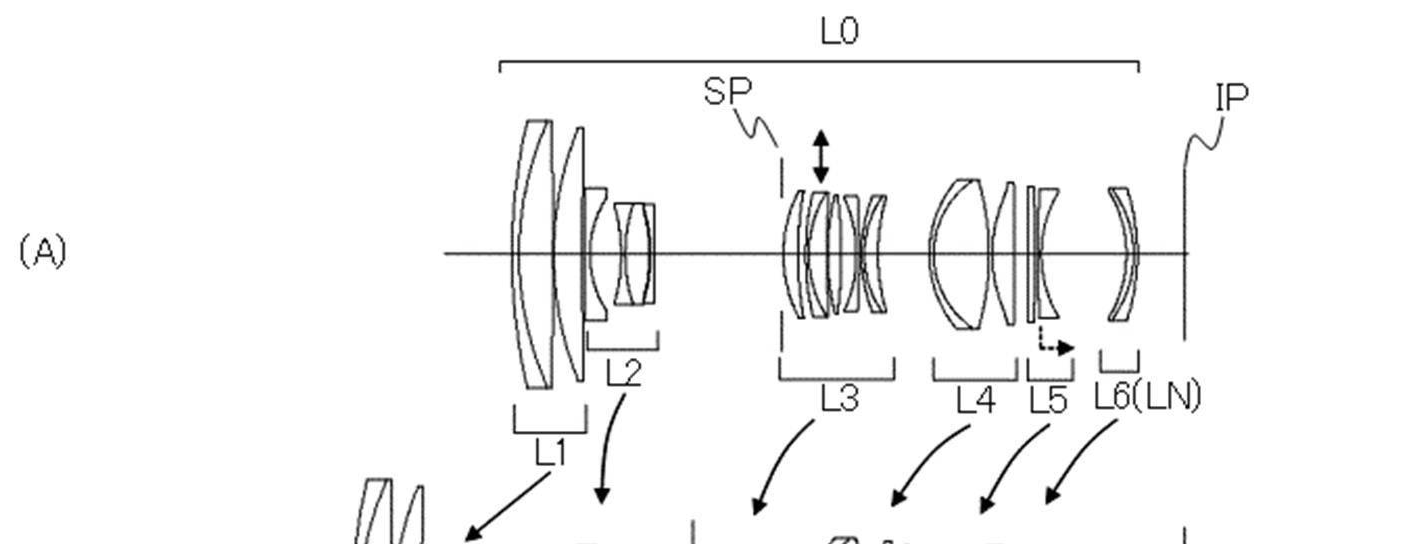Super telephoto lenses are always a bit of a tradeoff. On the one hand, you get the convenience of having a wide-angle and telephoto lens in a single package. But more often than not, this comes at the expense of a slow aperture value, often at the telephoto end. Still, it is a one-stop solution for many amateur photographers (and many older ones who prefer to travel light). It saves them from the hassle of having to swap out lenses when on the go. A new patent filed by Canon indicates that one such lens might be coming to the RF mount range: the Canon RF 24-300mm.
A patent in Japan has been observed by CanonRumors, indicating the possibility of an upcoming lens in the Canon RF mount range. The patent shows a Canon RF 24-300mm f2.8-5.6 focal range. This would be a step up from their EF 28-300mm f3.5-5.6L IS USM lens. Canon users got a very good 11x zoom full-frame lens in the EF mount version. Some may argue it was on the heavier side at around 3.7lb, but it did help keep the overall weight of their camera bag down.
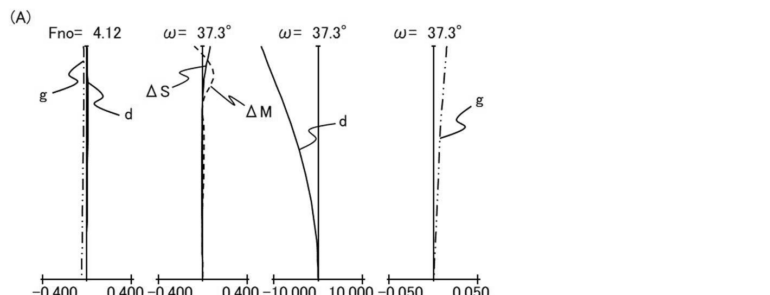
Benefits Over Existing Lenses
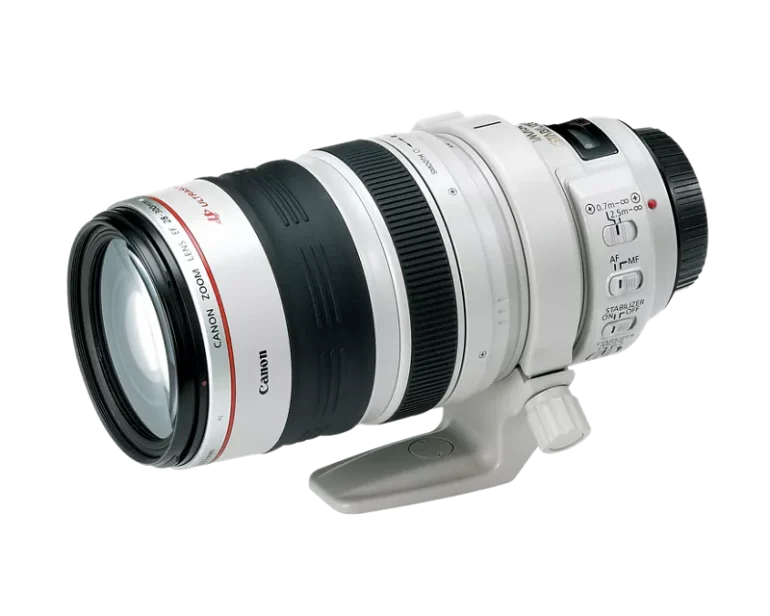
When released, this RF mount would benefit from an extra 4mm on the wider side of the lens. Plus, there’s the faster aperture at f2.8 for some extra shallow depth of field, which is always beneficial when traveling. Right now, the closest RF mount lens that Canon has is the RF 24-240mm F4-6.3 IS USM. Considerably slower on the wider end and a tad slower at the maximum zoom, the upcoming Canon 24-300mm would also give users 25% more reach.
A Second Lens Possibility
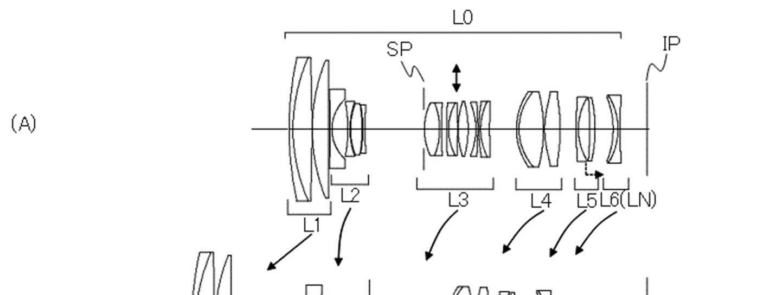
The same patent also showcases lens designs for the same focal length range, but this time maxing out at f4 on the wider end. Due to this, the Canon RF 24-300mm f4-5.6L IS USM would easily be a much smaller and lighter lens. It could also be much cheaper, giving potential buyers two valuable options to choose from.
My Thoughts On All-Purpose Zoom Lenses
During my DSLR days, I never liked telephoto lenses with a zoom range of 5x or more. That’s because, inevitably, most of these lenses were poorly built. Not necessarily always in terms of body construction, but more often in the results they gave. The results were appallingly soft, especially at the longer ends of these lenses. Such lenses were, more often than not, plagued by chromatic aberration. Yes, they’d do the job for most people who just wanted an all-purpose lens, such as those starting out in photography. Owning such a lens meant not worrying about what lens to pick out of your bag for different scenarios. They just had to zoom in to get what they wanted in the frame and press the shutter. Job done
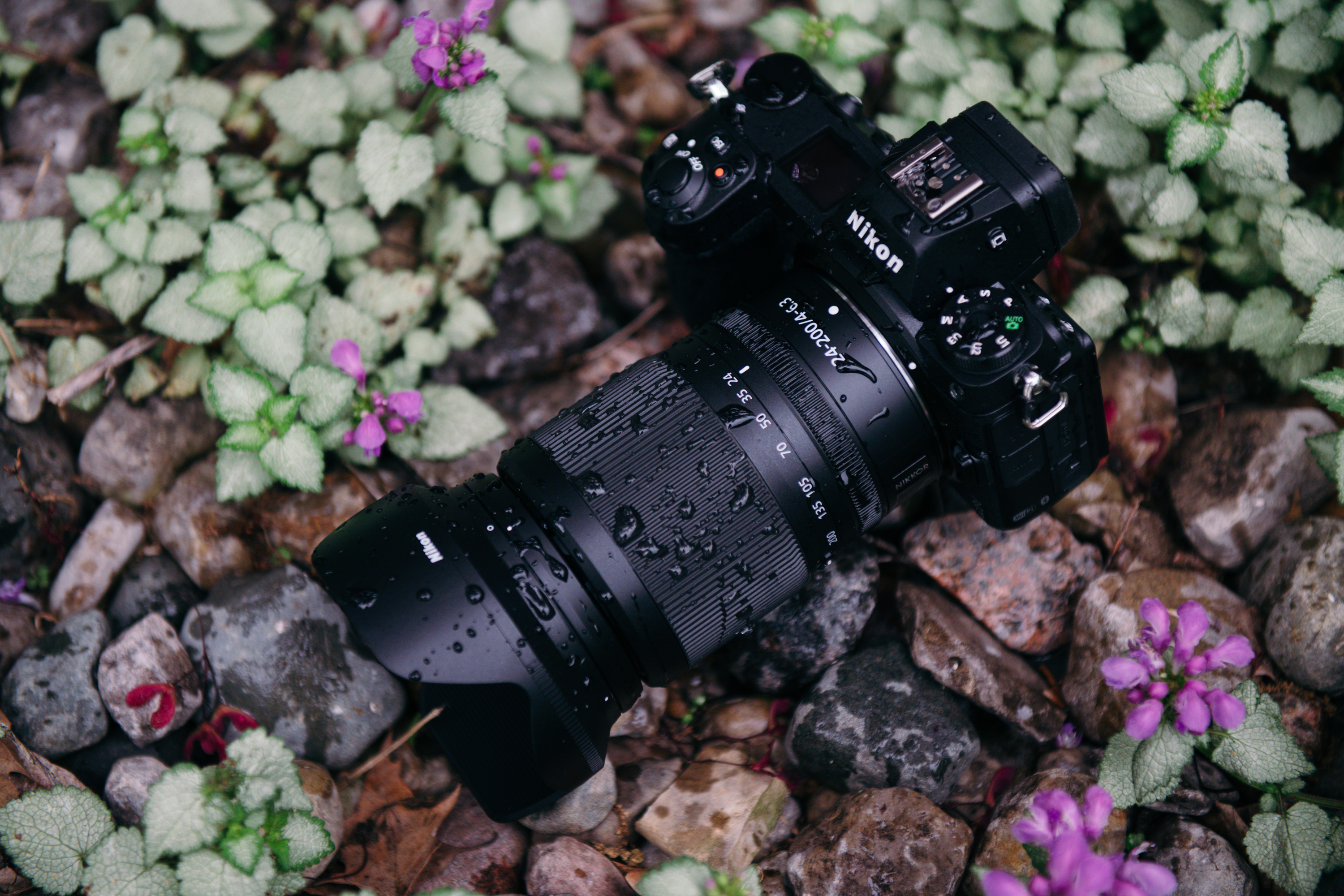
Not shortly after it was released, I was given the Nikon Z5 and the brand new Nikon Z 24-200mm F4-6.3 to try out. Given my previous experiences with such lenses, I wasn’t expecting much out of it. And after I took the first shot at 200mm with it and looked at the LCD, I gasped at how sharp it was. This is a lens that more than surprised us with its capabilities when our reviews editor Hillary Grigonis reviewed it. Many of her observations with this lens mirrored my experiences with it too. In her review, she noted that:
The Nikon Z 24-200mm f4-6.3 VR captures images that don’t look like they were shot with a budget lens. While it won’t hold a candle to pricier lenses like the Z 70-200mm f2.8, it doesn’t sabotage image quality in the name of versatility and budget. It’s a lens I can easily see beginners and hobbyists enjoying, as well as those using a crop sensor Z-body, where the lens will reach 300mm.
ThE Canon RF 24-300mm Should Be A Welcome Addition To The RF Range
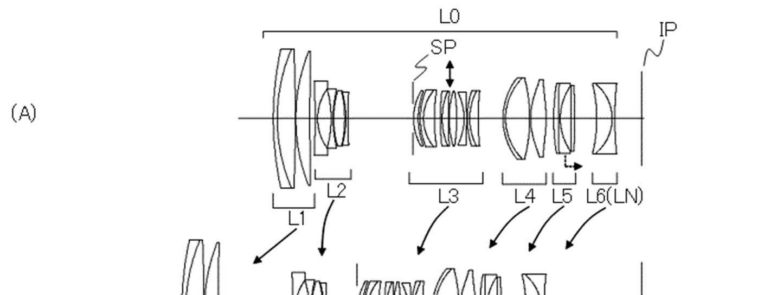
Of course, a lot of the reason for this improvement in performance over a lens like the Nikon 28-300mm f3.5-5.6 VR has to be attributed to the larger and improved Z-mount. Knowing they couldn’t just make a mirrorless series of F-mount cameras and expect better results, Nikon did something unexpected but necessary when they introduced a new mount altogether for mirrorless cameras. Canon did the same with the RF mount, and I expect the upcoming Canon RF 24-300mm f/2.8-5.6 performance to be even better than its EF mount counterpart. Expect it to deliver super sharp images across the entire focal range. If they add lens stabilization, it’ll also be a significant advantage for travel photographers. Especially those like me who often forget their tripods in their hotel rooms when setting out for a day’s exploration.
You may not get the same sharpness, autofocus speed, and weather sealing in the Canon RF 24-300mm f/4-5.6, but I expect it to outperform the EF 24-300mm in all departments. Canon is doing well by adding more lenses like these for amateurs and hobbyists to want to continue investing in their RF lineup. Hopefully, the pricing will remain close to that of the EF mount version, to get more Canon users to switch over to mirrorless cameras.


